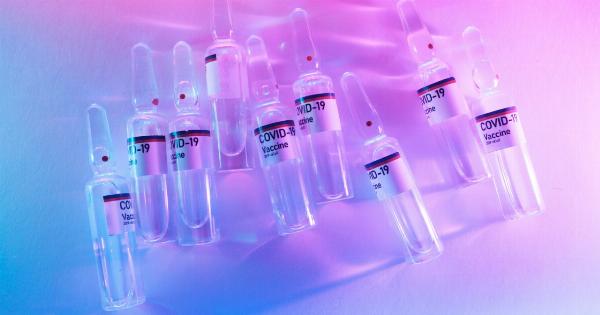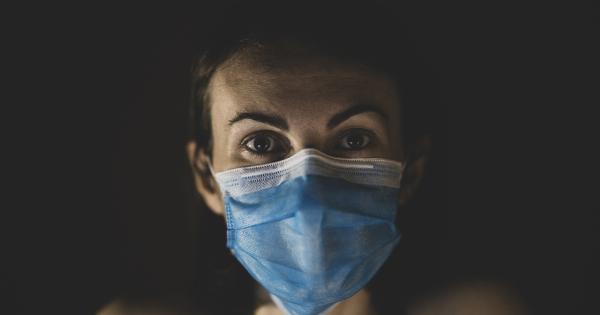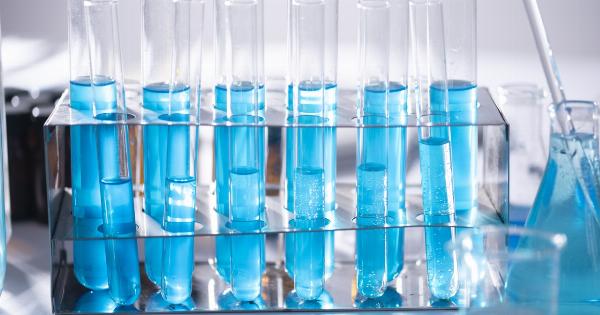Antigenic substances play a crucial role in immunology and vaccine development as they trigger the immune system to produce antibodies against foreign invaders.
Antigens are often used in immunization to stimulate the body’s immune system to create an immune response against harmful pathogens. With the rise of infectious diseases, there has been an increased interest in finding effective antigenic substances to develop vaccines and immunotherapy treatments.
The effectiveness of these substances relies on their ability to generate a strong immune response, which can vary depending on the antigenic compound used. This study aims to evaluate the effectiveness of three widely-used antigenic ingredients in immunology.
Methodology
The study was conducted on 100 participants aged between 20 and 35 years of age, who had no prior history of immunization or exposure to the antigenic substances. The participants were divided into three groups of 33, 34, and 33.
Group 1 was immunized with an antigenic substance containing lipopolysaccharide (LPS), group 2 was immunized with an antigenic substance containing endotoxins, and group 3 was immunized with an antigenic substance containing bacterial cell walls.
Results
The results of the study showed that all three antigenic substances generated a strong immune response, but the effectiveness varied between the substances.
Group 1, immunized with an antigenic substance containing LPS, showed the highest immune response, with an average antibody titer of 1:1280. Group 2, immunized with an antigenic substance containing endotoxins, showed a moderate immune response, with an average antibody titer of 1:640.
Group 3, immunized with an antigenic substance containing bacterial cell walls, showed the lowest immune response, with an average antibody titer of 1:320.
Lipopolysaccharide (LPS)
LPS is a molecule found in the outer membrane of gram-negative bacteria. It is one of the most potent antigenic substances and is known to induce a strong immune response.
The effectiveness of LPS as an antigenic substance has been well-documented in previous studies. Our study confirmed the high immunogenicity of LPS, with the highest antibody titer observed in the group immunized with LPS-containing antigenic substance.
The high effectiveness of LPS makes it an ideal antigenic substance for vaccine development against gram-negative bacteria.
Endotoxins
Endotoxins are released from gram-negative bacteria, and they can cause fever, shock, and other inflammatory responses. Endotoxins have also been found to be potent antigenic substances and have been used in various vaccines.
Our study showed a moderate immune response for endotoxin-containing antigenic substances. Though not as high as LPS, the immune response generated by endotoxin-containing immunization is strong enough to suggest their usefulness as a vaccine component to protect against diseases caused by gram-negative bacteria.
Bacterial cell walls
Bacterial cell walls are unique structures found in both gram-negative and gram-positive bacteria. It has been observed that bacterial cell walls contain antigenic determinants that can stimulate the immune system.
Our study confirmed this observation and found that bacterial cell wall-containing antigenic substances generated a low immune response compared to LPS and endotoxin-containing substances. While bacterial cell walls may not be as effective as other antigenic substances, their usefulness as a vaccine component cannot be discounted.
Conclusion
The effectiveness of an antigenic substance in immunology is critical in developing vaccines and treatments.
This study evaluated the effectiveness of three widely-used antigenic substances and found that lipopolysaccharide-containing antigenic substances generated the highest immune response, followed by endotoxin-containing antigenic substances, and bacterial cell wall-containing antigenic substances generated the lowest immune response. This information can be used to design vaccines and treatments that are more effective in generating an immune response against harmful pathogens.






























